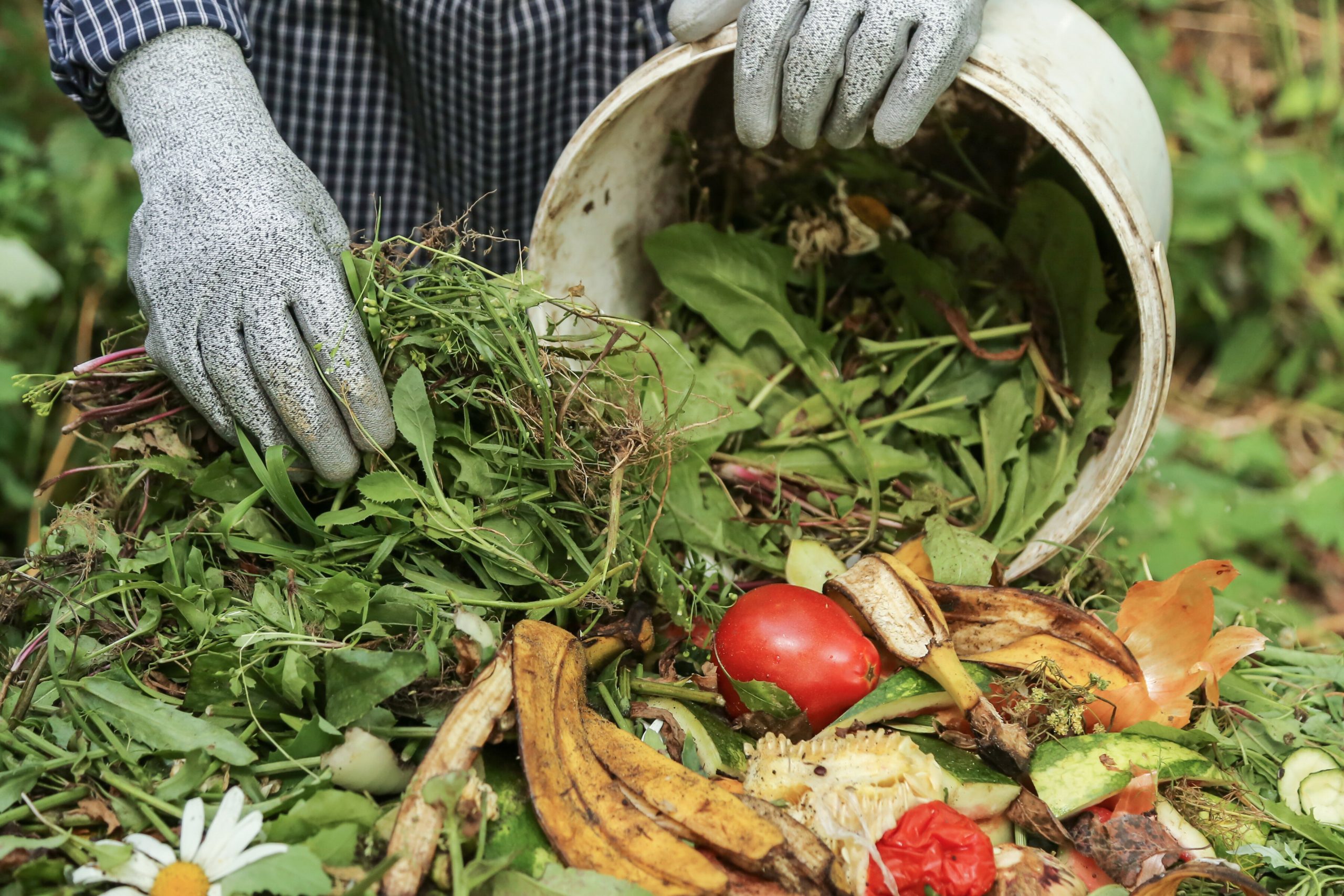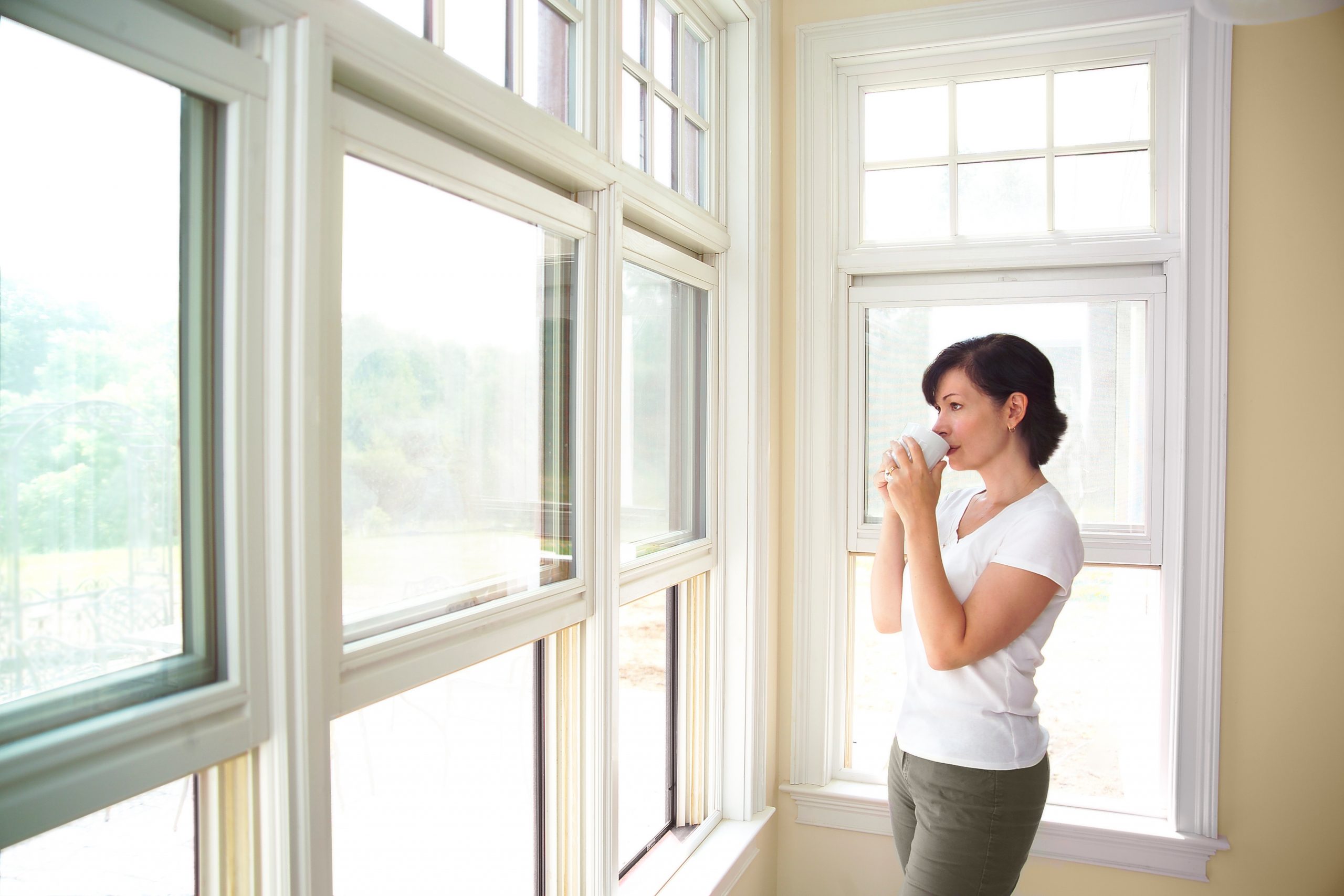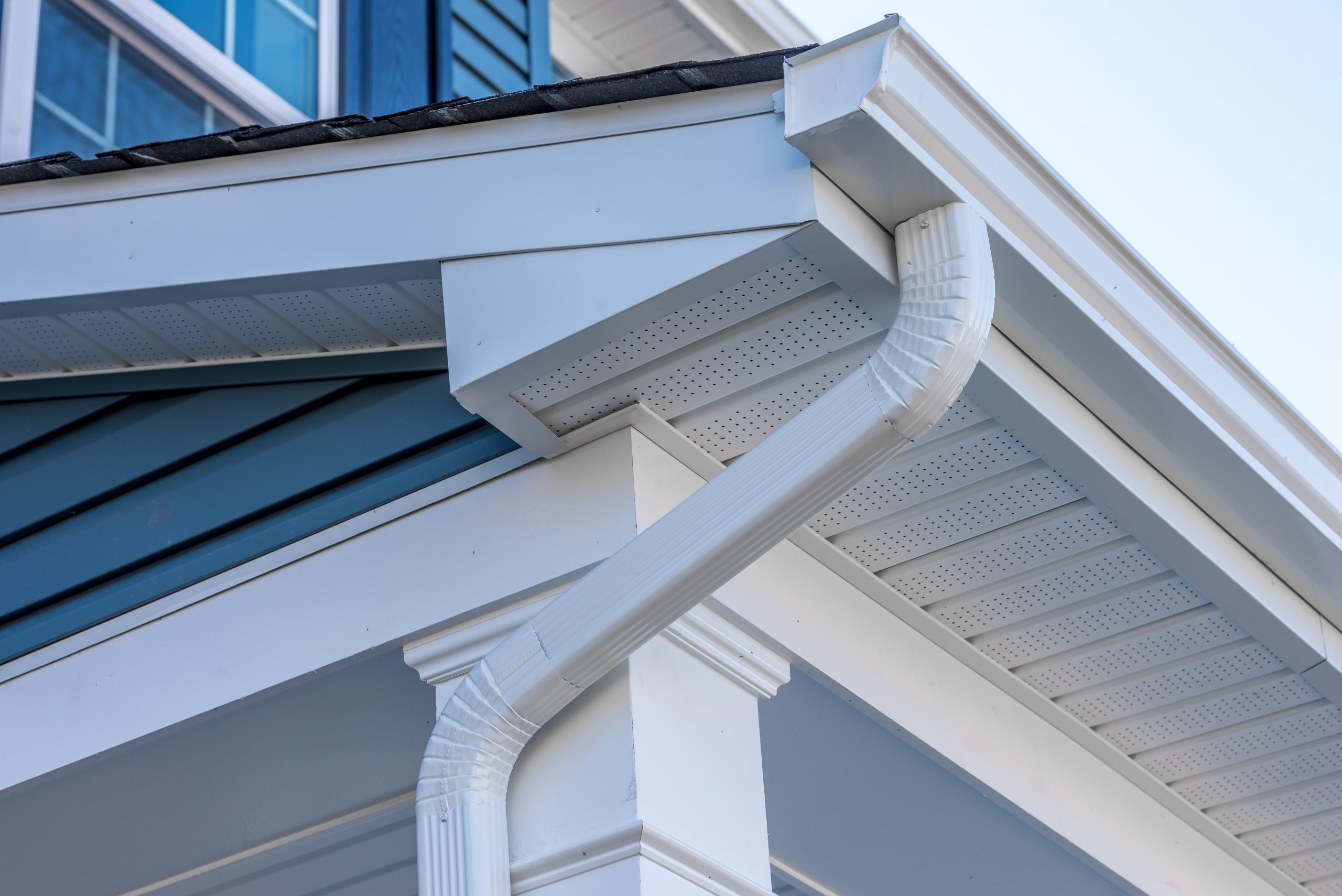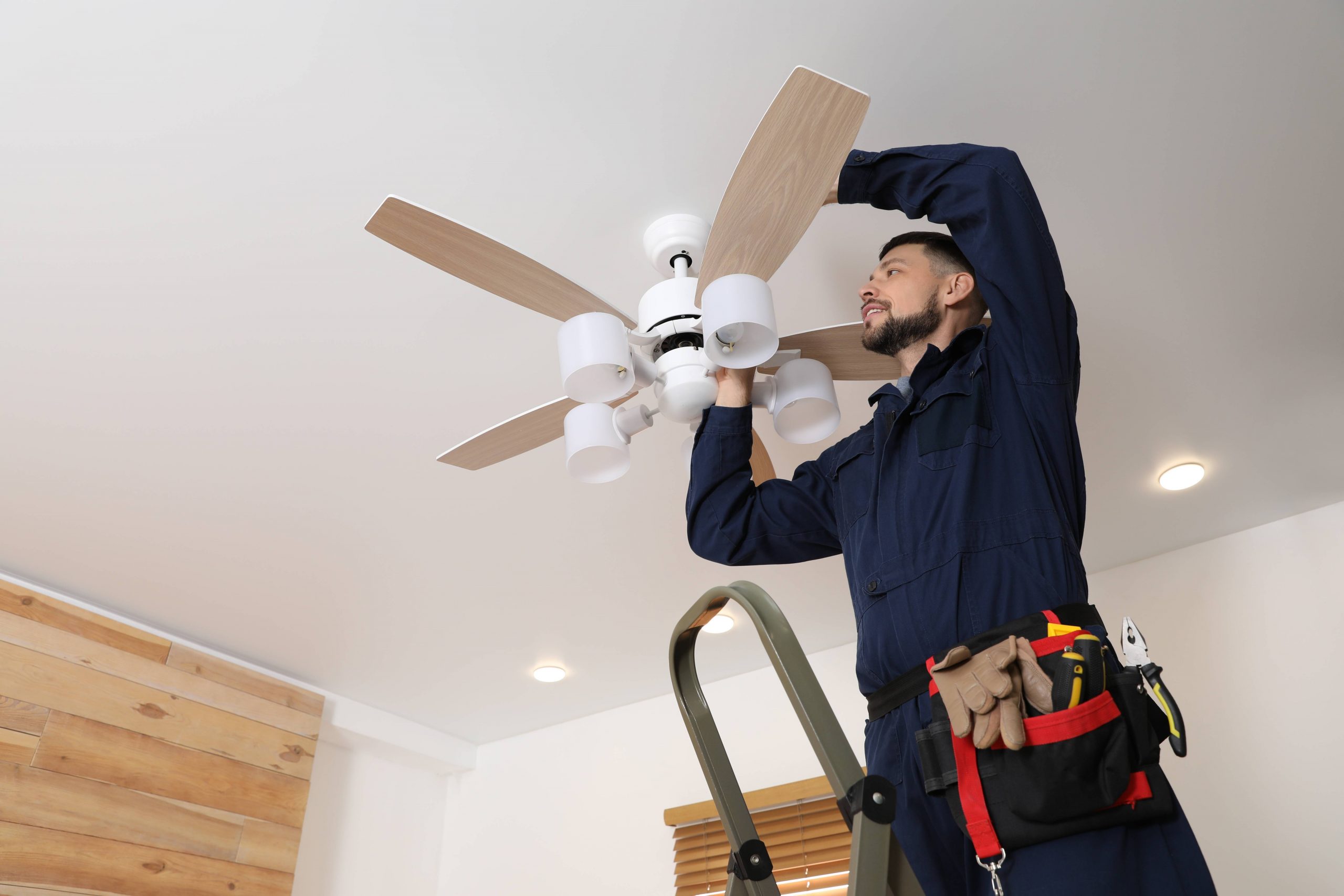Table of Contents
Storm-Proofing Your Home: Low-Cost Ways to Prepare for Harsh Weather
Severe weather can strike at any time, and without proper preparation, your home could be vulnerable to damage. Fortunately, you don’t need an expensive remodel to improve your home’s resilience. With a few affordable upgrades and simple precautions, you can reinforce doors, windows, and outdoor spaces to protect your home from high winds, heavy rain, and flying debris. Here’s how to storm-proof your home on a budget.
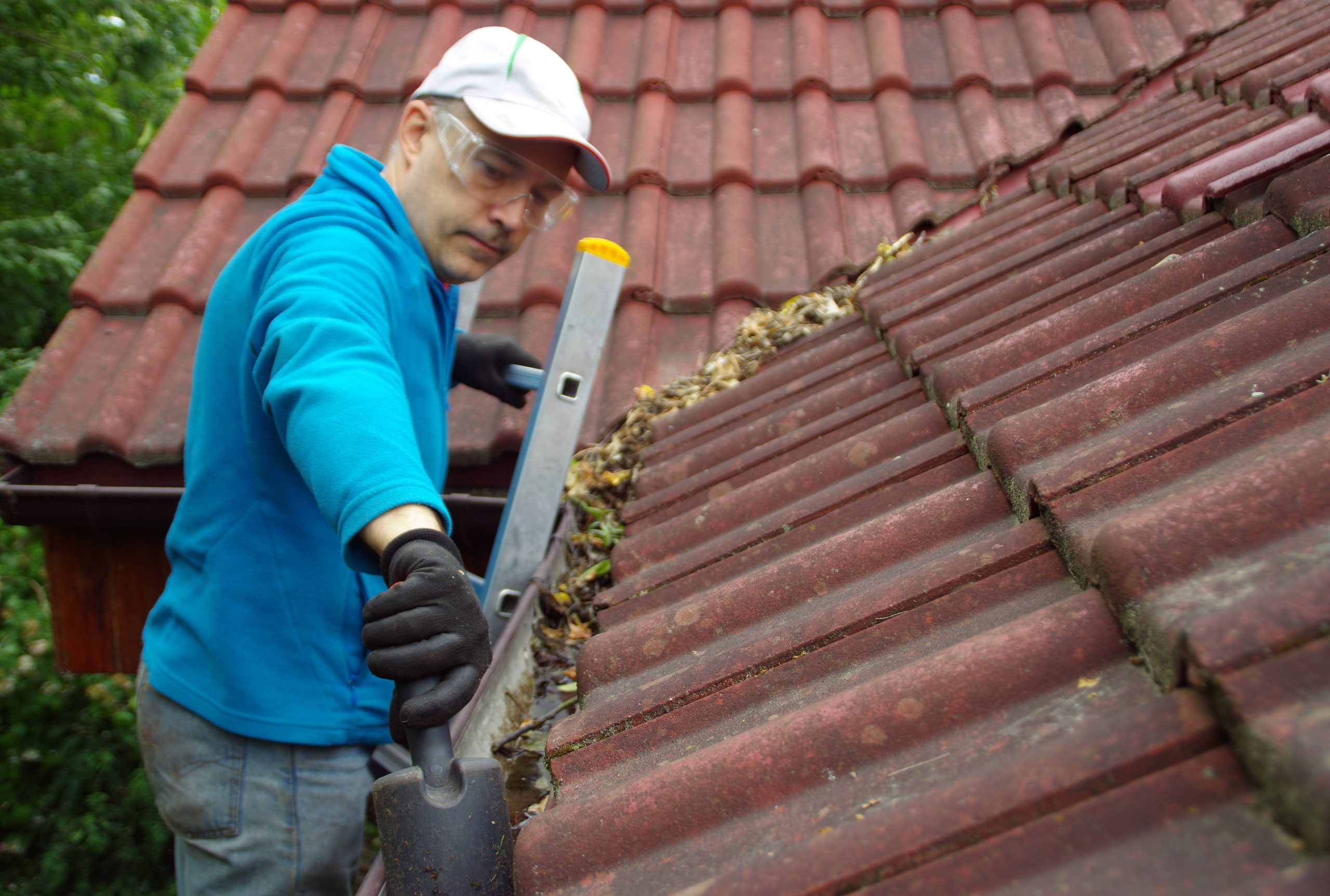
Secure Doors and Windows
Your doors and windows are among the most vulnerable points during a storm, so reinforcing them is essential.
Strengthen Exterior Doors
- Install Heavy-Duty Deadbolts: A solid deadbolt lock can help prevent doors from flying open during strong winds.
- Use Door Braces or Reinforcement Kits: These provide extra support against forceful gusts.
- Apply Weatherstripping: This prevents water from seeping in during heavy rain and helps with insulation year-round.
Protect Windows
- Install Window Film: This inexpensive option helps hold glass together, reducing the risk of shattering.
- Use Plywood Covers: Cut and label plywood sheets in advance to cover windows before a storm.
- Seal Gaps with Caulk: Prevent leaks by sealing small cracks around windowsills and frames.
Prevent Roof and Gutter Damage
Strong winds and heavy rain can wreak havoc on your roof, so it’s important to take preventive measures.
Inspect and Maintain Your Roof
- Check for Loose Shingles: Secure or replace any damaged shingles to prevent leaks.
- Apply Roofing Cement: Use it to reinforce weak areas and stop small leaks before they worsen.
- Trim Overhanging Branches: Cut back tree limbs that could break off and cause roof damage.
Keep Gutters and Drains Clear
- Clean Gutters Regularly: Remove leaves and debris to prevent blockages that could lead to flooding.
- Install Gutter Guards: These reduce buildup and improve water flow.
- Extend Downspouts: Ensure water is directed at least six feet away from your home’s foundation.
Reinforce Outdoor Spaces
Flying debris and unsecured outdoor items can cause serious damage in a storm. Taking a few precautions can help prevent accidents.
Secure Patio Furniture and Decorations
- Store Lightweight Items Indoors: Move chairs, tables, and potted plants inside when a storm is approaching.
- Use Sandbags or Weights: If bringing furniture inside isn’t an option, anchor it down to prevent it from becoming airborne.
- Tie Down Trash Cans and Grills: Secure them with bungee cords or place them in a shed or garage.
Protect Fences and Sheds
- Reinforce Fence Posts: Use metal brackets or additional screws to strengthen fence connections.
- Check Shed Anchors: Ensure sheds and small structures are properly secured to the ground.
- Use Storm-Resistant Latches: Upgrade shed and gate latches to withstand high winds.
Reduce the Risk of Flooding
Heavy rain can lead to flooding, but small upgrades can help protect your home from water damage.
Improve Drainage
- Use Gravel or Mulch Around the House: This helps absorb excess rainwater and reduces runoff.
- Install a French Drain: A simple DIY trench filled with gravel can direct water away from your home.
- Slope the Ground Away from the Foundation: Ensure the soil around your home slopes downward to prevent pooling water.
Protect Your Home’s Interior
- Elevate Electrical Appliances: Place appliances like washers and dryers on cinder blocks in flood-prone areas.
- Use Waterproof Storage Bins: Store important documents and valuables in sealed containers.
- Keep a Sump Pump Handy: If your basement is prone to flooding, a sump pump can help remove excess water quickly.
Prepare for Power Outages
Storms often cause power failures, so having a backup plan is crucial.
Stock Up on Emergency Supplies
- Flashlights and Batteries: Keep a supply of LED flashlights and extra batteries.
- Portable Phone Chargers: Power banks can keep your phone charged in case of an extended outage.
- Non-Perishable Food and Water: Have at least three days’ worth of bottled water and easy-to-prepare meals.
Protect Electronics
- Use Surge Protectors: Plug valuable electronics into surge protectors to prevent damage from power surges.
- Unplug Appliances Before a Storm: This helps prevent electrical damage if lightning strikes or power lines fail.
Final Insights
Storm-proofing your home doesn’t have to be expensive. By reinforcing doors and windows, securing outdoor spaces, improving drainage, and preparing for power outages, you can protect your home from severe weather without spending a fortune. Small, affordable upgrades can make a big difference in minimizing storm damage and keeping your home safe. Take these steps now so you’re ready before the next big storm hits!
